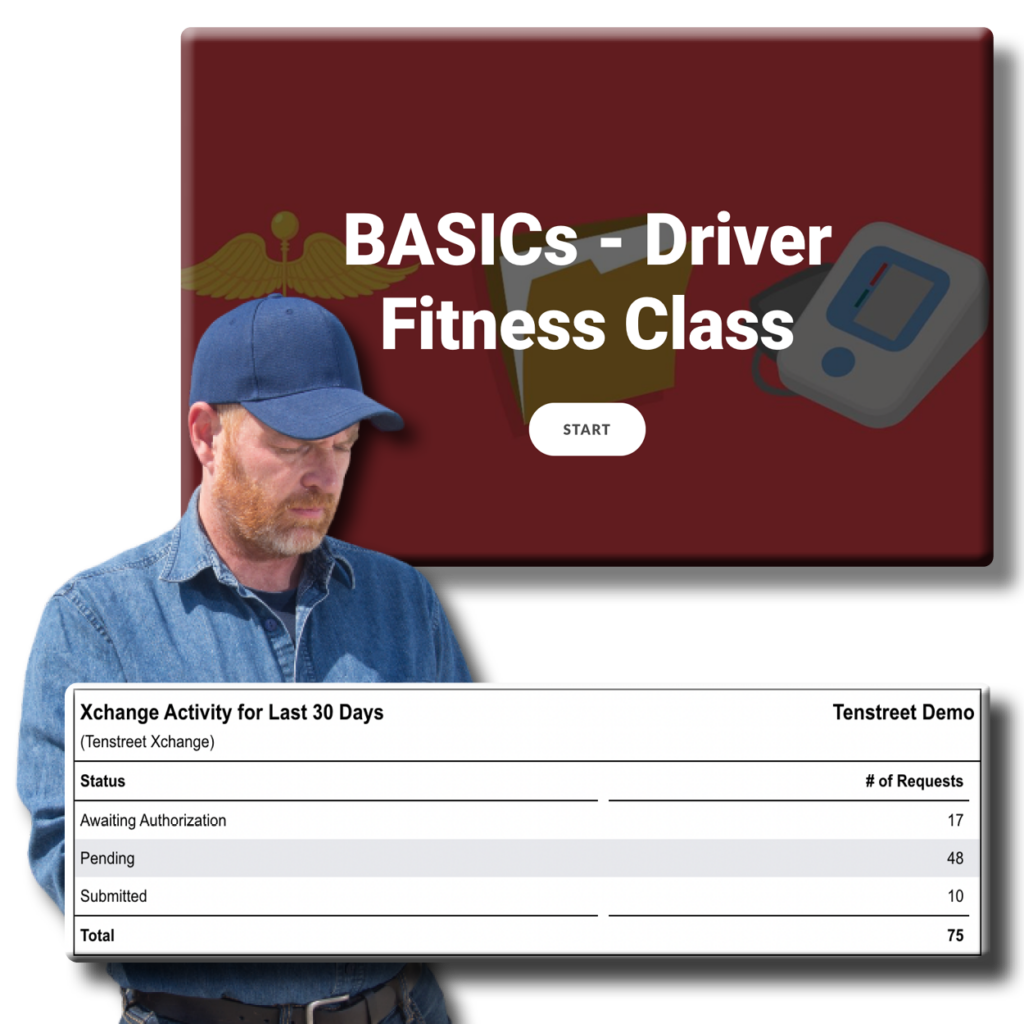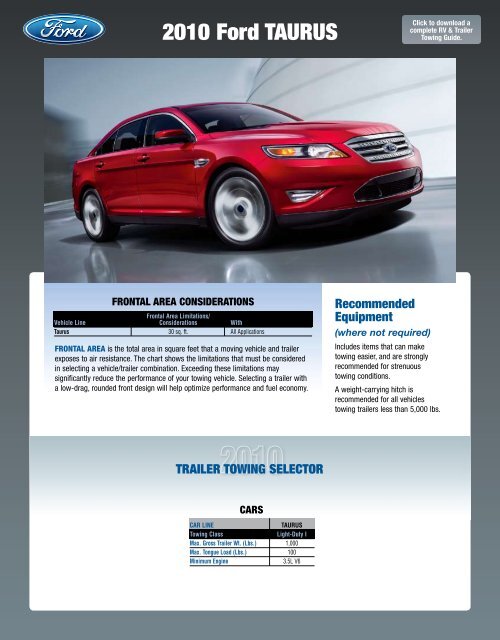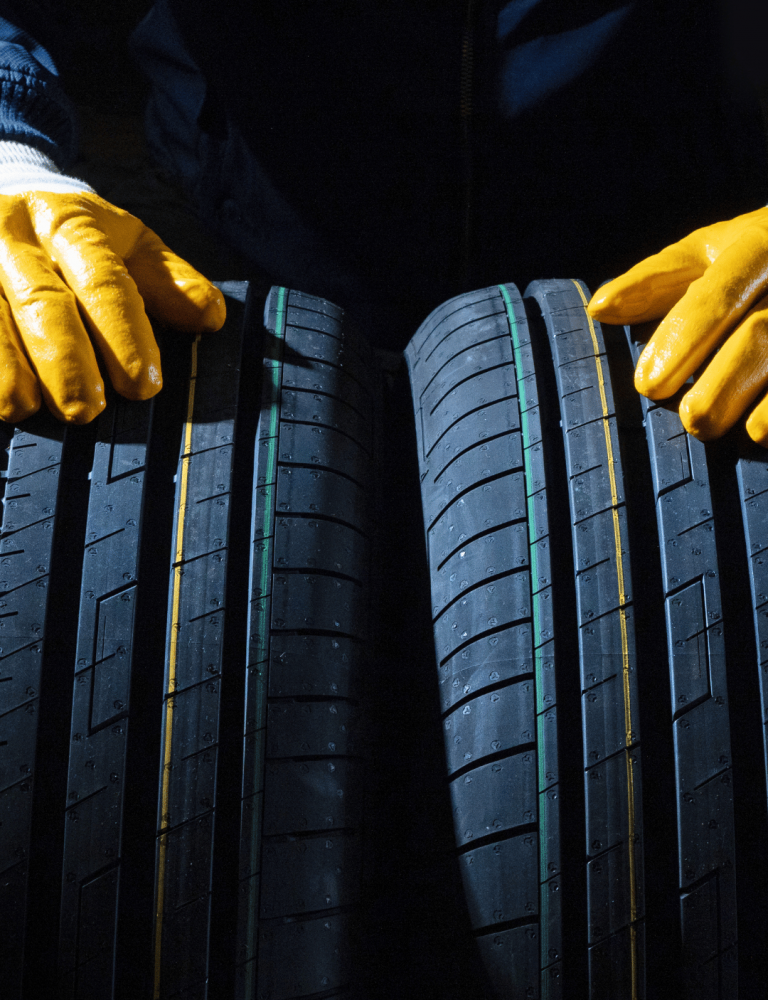For Class A motorhomes, tire pressure charts provide recommended tire pressures for optimal performance and safety. It’s essential to consult these charts regularly to ensure proper inflation levels.
Class A motorhomes come in different sizes and weights, and tire pressures can vary depending on these factors. Correct tire pressure is crucial for maintaining stability, handling, and preventing blowouts while driving. By following the tire pressure chart specific to your Class A motorhome model, you can enhance tire longevity and overall road safety.
Regularly checking and adjusting tire pressure according to the manufacturer’s recommendations is key to a smooth and worry-free journey in your Class A motorhome.

- Importance Of Proper Tire Pressure
- Understanding Class A Motorhomes
- Factors Affecting Tire Pressure
- Interpreting The Tire Pressure Chart
- Tire Maintenance Tips
- Safety Precautions
- Benefits Of Following The Chart
- Consulting A Professional
- Frequently Asked Questions On Class A Motorhome Tire Pressure Chart
- Conclusion
Importance Of Proper Tire Pressure
Proper tire pressure is crucial for safe and efficient Class A Motorhome operations. Maintaining the correct tire pressure significantly contributes to Safety on the Road and Enhanced Vehicle Performance.
Safety On The Road
Inadequate tire pressure can lead to increased risk of accidents due to tire blowouts or loss of control. Regularly checking and adjusting tire pressure enhances vehicle stability and reduces the chances of tire-related incidents.
Enhanced Vehicle Performance
Proper tire pressure improves fuel efficiency and extends tire life. Optimal pressure distribution allows the motorhome to handle better and provide a smoother driving experience.

Credit: www.yumpu.com
Understanding Class A Motorhomes
Class A motorhomes are large, luxurious RVs offering all the comforts of home on the road.
Understanding these motorhomes is crucial for safe and enjoyable travels.
Key Features
- Spacious interiors
- Full kitchens and bathrooms
- Slide-out sections for extra living space
- Durable construction for long-distance travel
Tire Pressure Chart For Class A Motorhomes
| Class A Motorhome Type | Front Tire Pressure (PSI) | Rear Tire Pressure (PSI) |
|---|---|---|
| Gas-Powered | 90 | 80 |
| Diesel-Powered | 110 | 100 |
Proper tire pressure is essential for safety and optimal performance of Class A motorhomes.
Always refer to the manufacturer’s guidelines for accurate tire pressure recommendations.
Factors Affecting Tire Pressure
Maintaining the proper tire pressure for a Class A motorhome is crucial for safety and performance. Factors affecting tire pressure include temperature changes, load weight, and tire age. By consulting a tire pressure chart specific to your motorhome, you can ensure optimal tire pressure for a smooth and safe journey.
Factors Affecting Tire Pressure Weight Distribution Weight distribution plays a vital role in determining the correct tire pressure for your Class A motorhome. Uneven weight distribution can lead to an imbalance in tire pressure, affecting the performance and safety of your vehicle. It is essential to ensure that the weight is evenly distributed across all tires to maintain optimum pressure. Temperature and Altitude The ambient temperature and altitude can significantly impact the tire pressure of your Class A motorhome. Temperature changes can cause fluctuations in tire pressure, while higher altitudes may require adjustments to maintain the recommended levels. It’s crucial to regularly monitor and adjust the tire pressure according to the prevailing temperature and altitude conditions. Implemented HTML syntax for heading: “`htmlWeight Distribution
Temperature And Altitude
Interpreting The Tire Pressure Chart
Understanding the tire pressure chart for Class A motorhomes is essential for safe and efficient travel. By following the recommended tire pressure, drivers can optimize performance and reduce the risk of accidents on the road.
Understanding the chart for your Class A motorhome’s tire pressure is crucial for maintaining the safety and performance of your vehicle. The tire pressure chart provides valuable information on the recommended cold tire pressure for your motorhome’s tires.
Understanding The Chart
The tire pressure chart is a visual representation of the recommended cold tire pressure for your Class A motorhome’s tires. It typically includes information such as the tire size, load range, and the corresponding tire pressure.
By referring to this chart, you can easily determine the optimal tire pressure based on your motorhome’s specifications. It’s important to note that the recommended tire pressure is measured when the tires are cold. This means that the motorhome has not been driven for at least three hours or has not been driven more than one mile at a moderate speed.
When interpreting the tire pressure chart, there are a few key elements to understand:
- The tire size: This refers to the size of the tires in terms of width, aspect ratio, and rim diameter. It is important to select the correct tire size for your motorhome to ensure proper fit and performance.
- The load range: This indicates the maximum weight that a tire can support. It is crucial to choose tires with the appropriate load range to prevent overloading and potential tire failure.
- The recommended cold tire pressure: This is the ideal tire pressure for your motorhome’s tires. It is typically listed in pounds per square inch (psi) and varies based on the tire size and load range.
Recommended Cold Tire Pressure
The recommended cold tire pressure takes into account various factors such as the weight distribution of the motorhome, load capacity, and desired ride comfort. Maintaining the correct tire pressure ensures optimal handling, fuel efficiency, and overall safety on the road.
To find the recommended cold tire pressure for your motorhome, refer to the tire pressure chart provided by the manufacturer. This chart will guide you in determining the specific psi for each tire based on its size and load range.
Remember, it is essential to check your motorhome’s tire pressure regularly, preferably every month or before embarking on a long journey. Changes in temperature can affect tire pressure, so it’s important to adjust accordingly to maintain optimal performance.
By consistently adhering to the recommended cold tire pressure, you can ensure a smooth and safe ride in your Class A motorhome, maximizing its longevity and enjoyment.
Tire Maintenance Tips
Taking proper care of your Class A motorhome tires is crucial for ensuring a safe and smooth journey. Regular inspections and proper inflation are two key aspects of tire maintenance that should not be overlooked. By adhering to these tire maintenance tips, you can extend the lifespan of your tires and avoid potential hazards on the road.
Regular Inspections
Regular inspections of your motorhome tires are essential to identify any signs of wear and tear. It is recommended to inspect your tires before every trip and at least once a month. Here are some important aspects to focus on during your inspections:
- Check for any visible damage such as cuts, cracks, bulges, or punctures in the tire sidewalls.
- Examine the tire tread depth using a tread depth gauge or the penny test to ensure it meets the recommended threshold.
- Inspect for any signs of uneven wear, such as feathering, flat spots, or excessive wear on one side.
- Look for any foreign objects embedded in the tire, such as nails or stones, which may cause a puncture.
- Ensure that the valve stems and caps are intact and properly secured.
Proper Inflation
Proper inflation is crucial for maintaining the overall performance and safety of your Class A motorhome tires. Incorrect tire pressure can result in poor handling, reduced fuel efficiency, and increased risk of accidents. Refer to the manufacturer’s recommendations or consult your owner’s manual for the correct tire pressure for your motorhome. Here are some important points to remember:
- Always check the tire pressure when the tires are cold to get accurate readings.
- Use a reliable tire pressure gauge to measure the pressure, ensuring it is within the recommended range.
- Fill the tires with air as needed, taking care not to overinflate or underinflate them.
- Check the tire pressure regularly, especially before long trips or when carrying heavy loads, as these factors can affect the optimal tire pressure.
- Remember to also check the spare tire’s pressure and include it in your regular inspections.
By regularly inspecting your Class A motorhome tires and maintaining proper inflation, you can prevent potential tire issues and enjoy a safe and comfortable journey on the road. Remember to always prioritize tire maintenance to ensure the longevity of your tires and your overall driving experience.
Safety Precautions
Safety on the road is paramount, especially when it comes to the tire pressure of your Class A motorhome. By adhering to safety precautions and understanding tire load limits, you can ensure a smooth and secure journey. It’s crucial to avoid overinflation, which can lead to serious safety hazards. Let’s delve into these safety precautions to keep your motorhome travels worry-free.
Tire Load Limits
Understanding the tire load limits of your Class A motorhome is essential for safe travels. Exceeding the manufacturer’s specified load limits can result in tire failure and compromised stability on the road. Verify the recommended tire load limits for your motorhome model to prevent overloading and potential accidents.
Avoiding Overinflation
Overinflated tires can lead to reduced traction, uneven wear, and an increased risk of blowouts. It’s important to check and maintain the tire pressure according to the manufacturer’s recommendations. Regularly inspecting and adjusting tire pressure will help in avoiding overinflation and ensure optimal performance and safety during your journeys.
Benefits Of Following The Chart
The Class A motorhome tire pressure chart offers several benefits, including improved safety, better fuel efficiency, and increased tire longevity. By following the chart, RV owners can ensure their tires are properly inflated, reducing the risk of blowouts and accidents.
Additionally, maintaining the correct tire pressure can improve fuel economy and reduce wear and tear on the tires, extending their lifespan.
Fuel Efficiency
Proper tire pressure enhances fuel efficiency by reducing friction and maximizing mileage
Under-inflated tires cause increased resistance leading to higher fuel consumption
Over-inflated tires can also impact fuel efficiency negatively
Tire Longevity
Optimal tire pressure ensures even wear and extends the lifespan of the tires
Incorrect pressure can result in uneven tread wear, reducing tire longevity
Regularly checking and adjusting pressure as per the chart can help in maintaining tire health

Credit: www.amazon.com
Consulting A Professional
Certified Rv Mechanic
Always seek assistance from a certified RV mechanic for precise tire pressure guidance.
Expert Tire Advice
Professional mechanics offer expert tire advice tailored to your motorhome’s specific needs.

Credit: fuelandtiresaver.com
Frequently Asked Questions On Class A Motorhome Tire Pressure Chart
What Is The Ideal Tire Pressure For A Class A Motorhome?
The ideal tire pressure for a Class A motorhome depends on the weight of the vehicle and the manufacturer’s specifications. It is recommended to check the tire pressure regularly and inflate them to the recommended PSI to ensure optimal performance and safety on the road.
How Often Should I Check The Tire Pressure Of My Class A Motorhome?
It is recommended to check the tire pressure of your Class A motorhome at least once a month or before any long trips. Regularly monitoring the tire pressure will help maintain proper inflation, improve fuel efficiency, extend tire life, and ensure safe driving conditions.
Can I Use The Same Tire Pressure For All Tires On My Class A Motorhome?
While it may be tempting to use the same tire pressure for all tires on your Class A motorhome, it is important to refer to the manufacturer’s guidelines. The front and rear tires may require different pressure levels due to weight distribution.
It is crucial to follow these recommendations for optimal performance and safety.
Conclusion
Understanding the importance of proper tire pressure for your Class A motorhome is crucial for safety and performance. Referencing the tire pressure chart provided in this blog can help you maintain optimal tire pressure levels. By following these guidelines, you can ensure a smooth and safe travel experience in your motorhome.